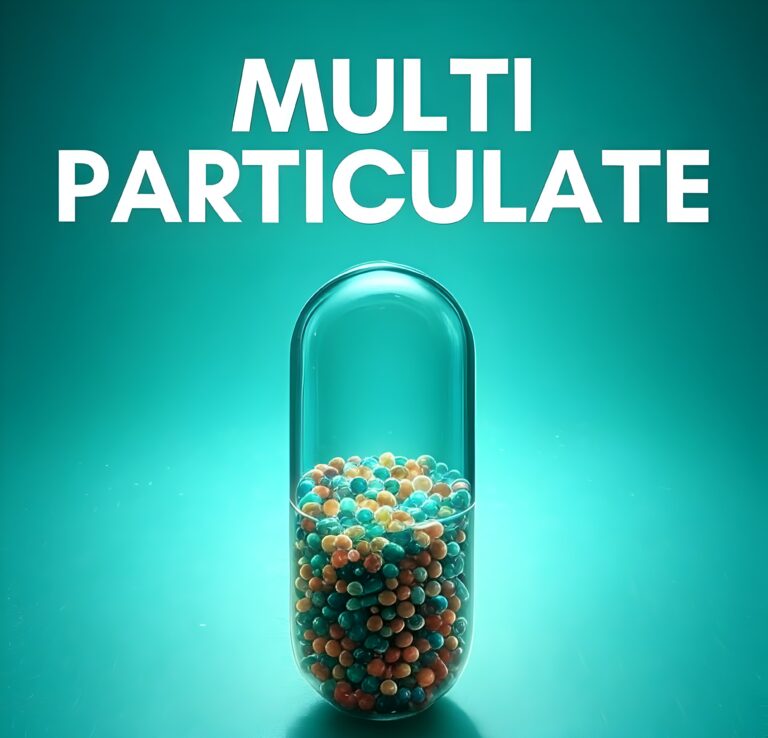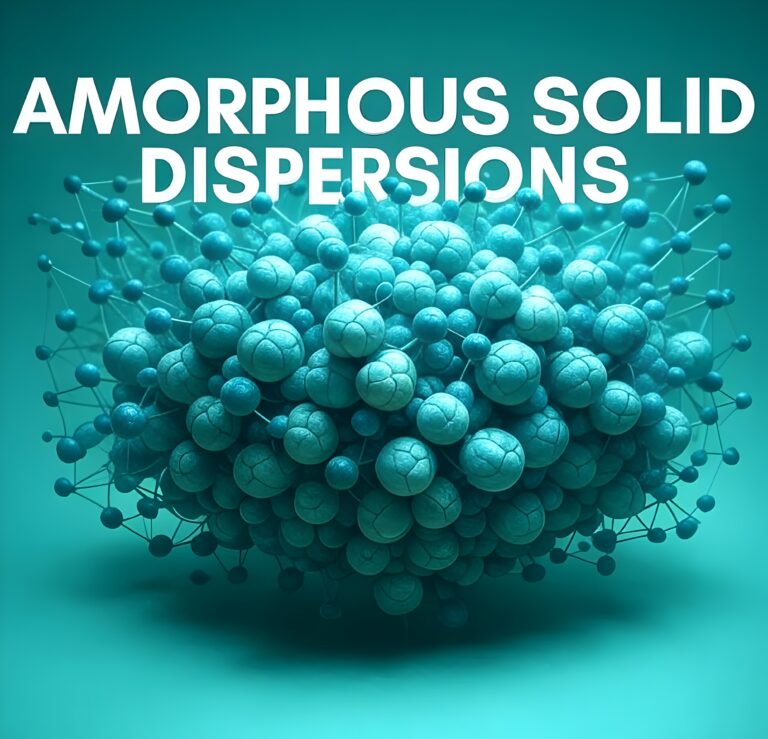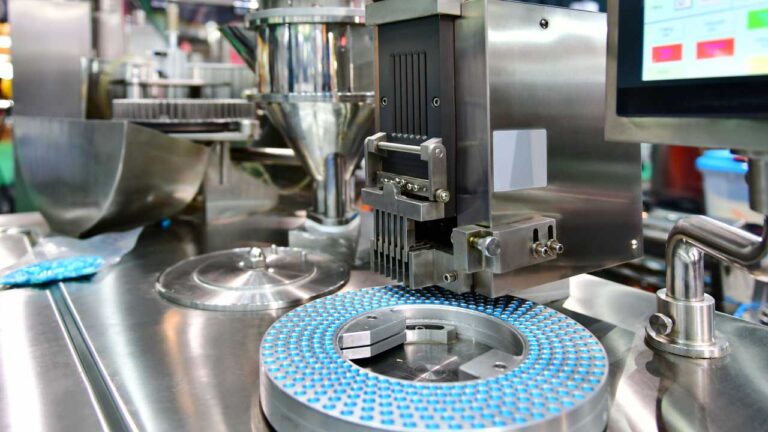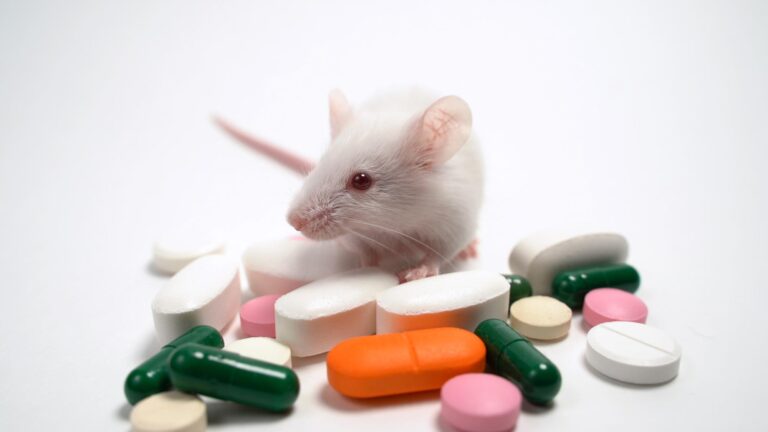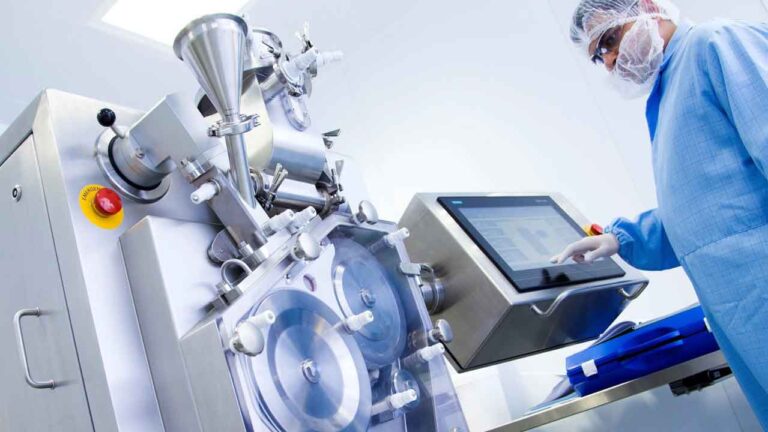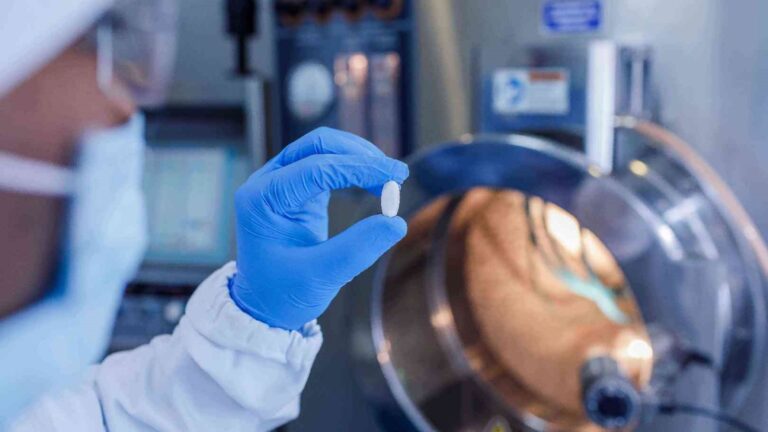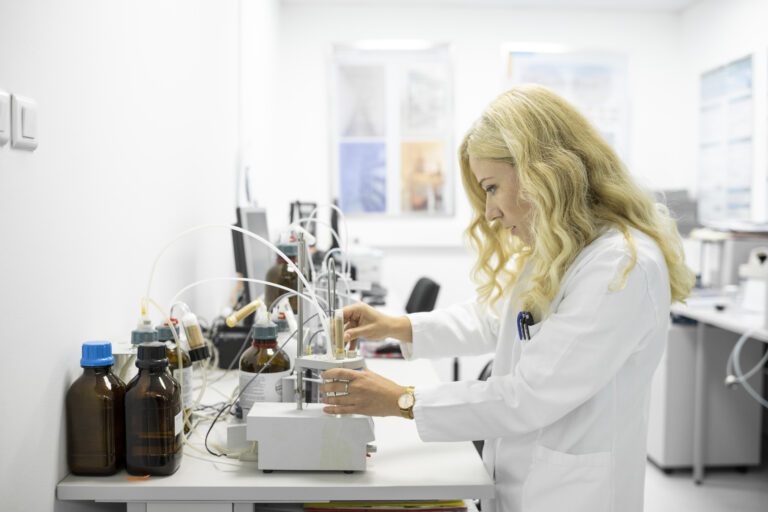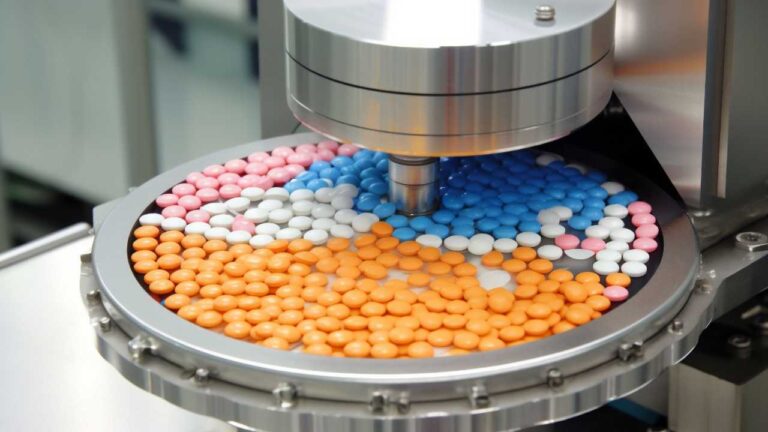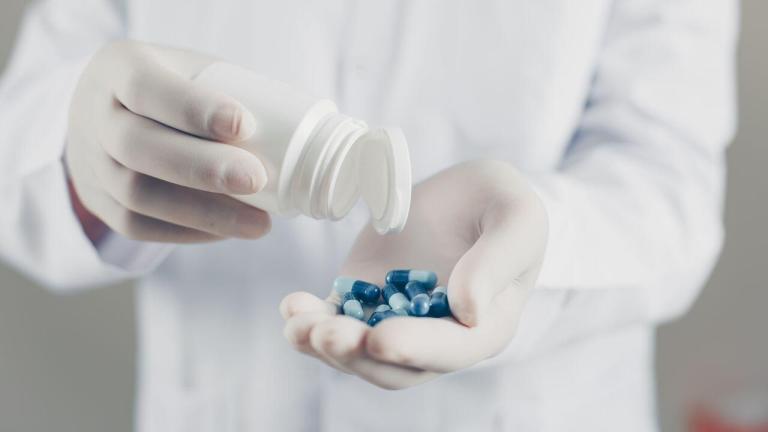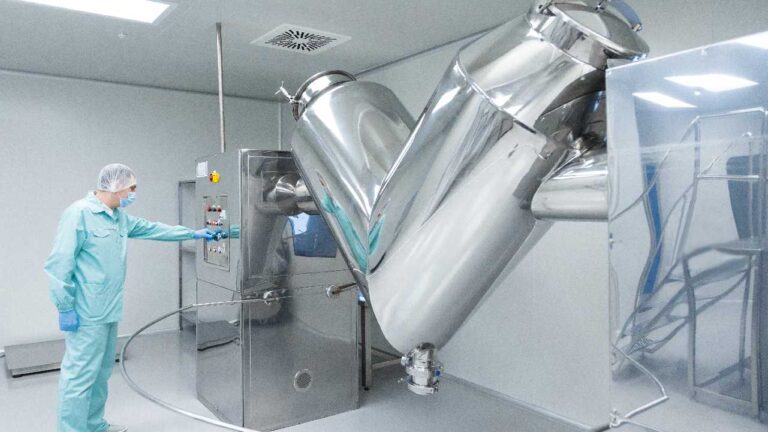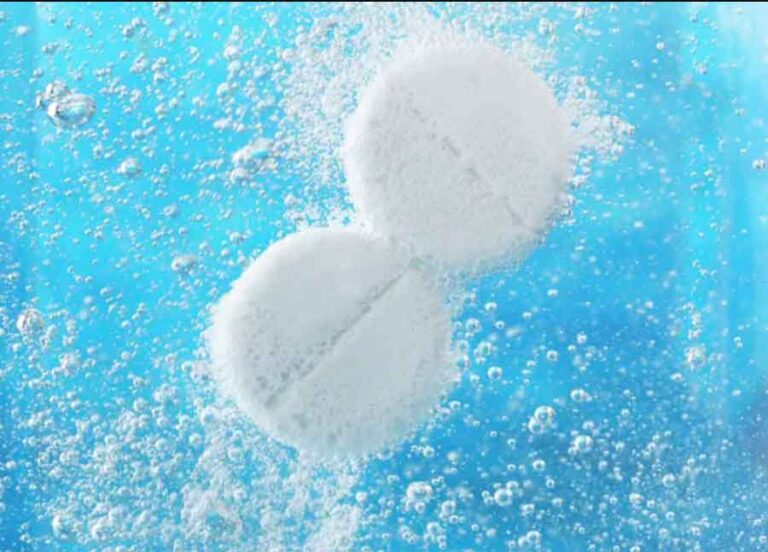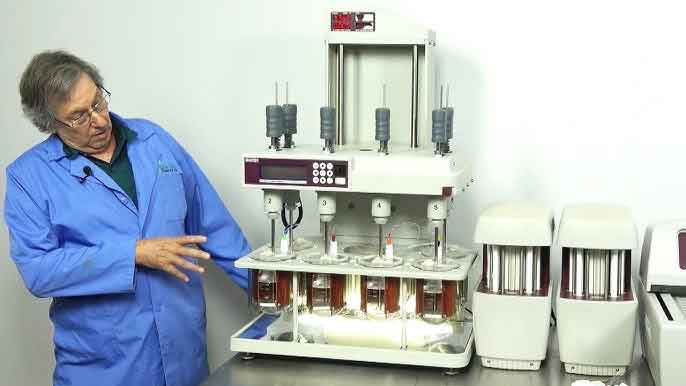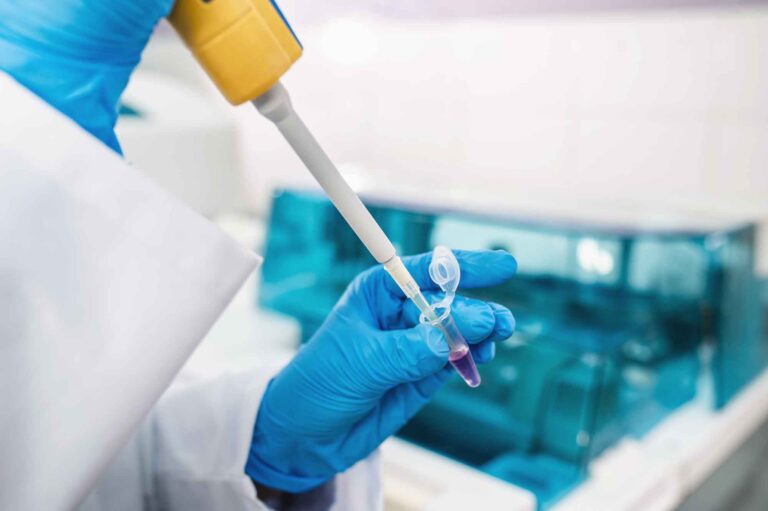Good Laboratory Practice (GLP) toxicology studies studies evaluate the safety and potential toxicity of new drug candidates before they advance to human clinical trials. Experience a full suite of GLP and non-GLP general toxicology studies and services, supported by the complementary capabilities of our DMPK, bioanalytical and analytical service teams. We offer toxicology studies ranging from single-dose and repeat dose toxicology, genetic toxicology, IND and NDA enabling safety toxicology package.

The GLP Toxicology Process
Study Planning
- Objective Setting: The goal is to evaluate the safety profile of a compound. This involves identifying potential toxic effects and determining safe dosage levels for initial human exposure.
- Species Selection: Animal species are chosen based on similarities in metabolism and disease pathology to humans. Commonly used species include rodents for initial screening and non-rodents for advanced studies.
- Dose Determination: Doses are set to establish a range that includes sub-therapeutic, therapeutic, and toxic levels, allowing for a comprehensive assessment of the compound’s safety margin.
Study Conduct
- Animal Welfare: Animals are housed in controlled environments and treated humanely throughout the study. Their health is monitored closely to ensure well-being.
- Administration of Compound: The test substance is administered following the planned route, whether it be oral, inhalation, or intravenous, to mimic potential human exposure.
- Observations and Measurements: Animals are observed for any signs of adverse reactions. Body weight, food consumption, and clinical signs are recorded systematically.
Data Analysis
- Clinical Pathology: Blood and urine samples are analyzed for biochemical markers, hematological parameters, and organ function indicators.
- Histopathological Examination: Tissue samples from all major organs are examined microscopically to identify any pathological changes.
- Interpretation of Results: The data collected is analyzed to determine the relationship between the dose and observed effects, establishing a safety profile for the compound.
Reporting
- Compilation of Data: All findings, including clinical observations, pathology results, and statistical analyses, are compiled into a comprehensive report.
- Interpretation and Conclusions: The report includes a detailed interpretation of the data, highlighting any potential safety concerns and the implications for human dosing.
By focusing on these practical steps, we ensure that the toxicological evaluation of compounds is thorough, scientifically sound, and geared towards safeguarding patient health.
Technologies used in GLP Toxicology Studies
Formulation Design in Oral GLP Toxicology Studies
Formulation design is crucial for ensuring that the drug is delivered effectively and safely during toxicology studies. It involves creating a drug compound that is both stable and palatable for the test subjects. The process includes selecting safe excipients, determining the best route of administration, and ensuring that the formulation remains consistent throughout the study duration.
In Vitro Techniques and Animal Models
In vitro techniques involve using cell cultures or tissue samples to evaluate the toxicity of a compound. These methods can provide early insight into a drug’s safety profile before proceeding to animal testing. Animal models, typically rodents and non-rodents, are then used to further assess the drug’s effects in a living organism, providing a more comprehensive understanding of its potential impact on human health.
Computational Modeling and Predictive Toxicology
Computational modeling and predictive toxicology use computer-based algorithms to predict a drug’s toxicity based on its chemical structure and known biological interactions. These technologies can help identify potential safety issues early in the drug development process, saving time and resources.
Whole Slide Imaging for Pathology
Whole slide imaging has revolutionized pathology by allowing for the digital capture of entire tissue slides at high resolution. This technology enables pathologists to examine and share tissue samples more efficiently and accurately, improving the quality of the toxicological assessment.
Regulatory Compliance and Reporting
Ensuring regulatory compliance is a key component of GLP toxicology studies. This involves following strict protocols for study conduct, data collection, and reporting to ensure that the results are valid, reproducible, and acceptable to regulatory agencies.
Quality Assurance in GLP Toxicology
Ensuring Integrity and Compliance
Quality assurance (QA) is the backbone of Good Laboratory Practice (GLP) toxicology studies. It is a systematic process that ensures studies are conducted, data are generated, and reports are compiled in compliance with GLP standards. The primary goal of QA is to guarantee the integrity and reliability of study data, which is crucial for regulatory submissions and the safety assessment of new pharmaceuticals.
Key Responsibilities of the QA Team
- Audit Plans: The QA team develops and implements an audit plan that includes both study-specific audits and facility-based inspections.
- Study Audits: These are conducted at various stages of the study, including before the study begins (pre-study), during the study (in-study), and after the study is completed (post-study).
- Facility Inspections: Regular inspections ensure that the testing facility adheres to GLP standards in terms of equipment, personnel, processes, and environment.
- Document Review: All study-related documents, including protocols, raw data, and final reports, are meticulously reviewed for accuracy and completeness.
- Standard Operating Procedures (SOPs): The QA team verifies that all study activities are conducted according to approved SOPs, which are detailed, written instructions designed to achieve uniformity of performance.
Training and Expertise
- Personnel Training: QA personnel are required to have a thorough understanding of GLP principles and regulatory requirements. Continuous training ensures that they remain proficient in their roles.
- Expertise: QA teams are composed of individuals with diverse backgrounds in science, regulatory affairs, and quality management, providing a comprehensive approach to quality assurance.
Continuous Improvement
- Feedback Mechanism: The QA team provides feedback to study personnel, which is essential for continuous improvement of study practices and procedures.
- Corrective Actions: When non-compliance or deviations are identified, the QA team works with study personnel to implement corrective actions and prevent recurrence.
Building Trust
- Regulatory Confidence: Regulatory bodies worldwide, including the FDA, EMA, and PMDA, mandate GLP-compliant studies for drug approvals. A robust QA program builds confidence among regulatory agencies that the data submitted are trustworthy and that the study was conducted in a controlled and standardized manner.
- Stakeholder Assurance: As GLP toxicology studies provide critical safety data that inform regulatory submissions, sponsors, clinicians, and patients can trust that the QA process ensures the safety and efficacy of new drug candidates.
Related Services
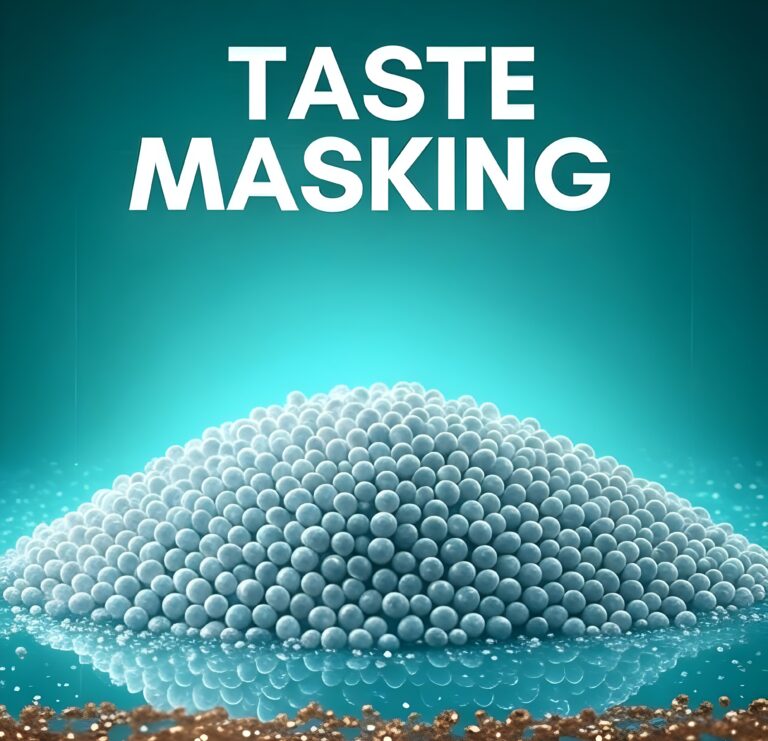



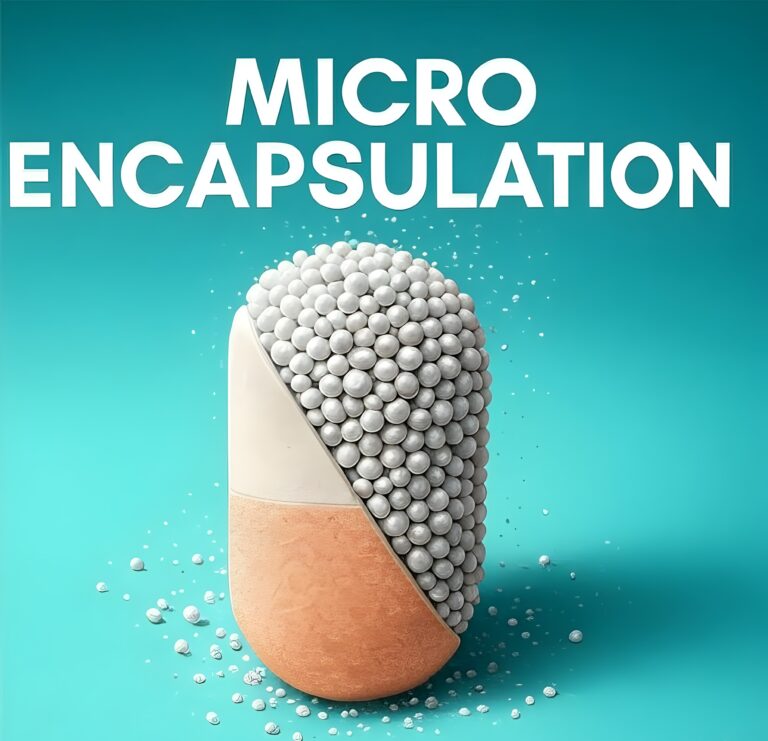


FAQs
Here are some frequently asked questions about Controlled Release Formulations
Controlled release formulations are advanced pharmaceutical products designed to release the active pharmaceutical ingredient (API) at a predetermined rate, maintaining therapeutic drug levels in the bloodstream over an extended period. This is achieved through various formulation and process technologies that control the rate at which the drug is released from the dosage form. The goal is to optimize the therapeutic effects while minimizing side effects, improving patient compliance by reducing the frequency of dosing.
The benefits of controlled release formulations include improved patient compliance due to reduced dosing frequency, enhanced efficacy through maintaining steady drug levels, minimized side effects by avoiding peak plasma concentrations, and potentially reduced overall treatment costs. CR formulations can also enable the targeting of specific absorption sites within the gastrointestinal tract, offering therapeutic advantages for drugs with limited absorption windows.
CR formulations enhance patient compliance by simplifying dosing regimens—reducing the number of doses needed per day, which can decrease the likelihood of missed doses and make it easier for patients to adhere to their treatment plan. This is particularly beneficial for chronic conditions requiring long-term medication, improving the overall effectiveness of therapy and patient quality of life.
There are several types of controlled release technologies, including:
- Coating technologies: Apply polymers that dissolve or erode over time.
- Matrix systems: Embed the drug in a polymer matrix that controls the release rate.
- Osmotic pump systems: Use osmotic pressure to release the drug at a controlled rate.
- Microencapsulation: Encase the drug in microcapsules with controlled release properties.
- Liposomes and nanoparticles: Employ nano-sized carriers to deliver the drug in a controlled manner.
Each technology has its advantages and is selected based on the specific requirements of the API and the desired release profile.
While many drugs can benefit from controlled release formulations, not all are suitable candidates. The feasibility depends on the drug's physicochemical properties, therapeutic window, dose size, and absorption characteristics. Drugs with a narrow therapeutic window, suitable half-life, and stability under CR formulation conditions are good candidates. The development process involves thorough evaluation and optimization to ensure that the controlled release formulation achieves the desired therapeutic effect.
Hycon approaches the development of a CR formulation through a systematic process that includes:
- Initial assessment: Evaluate the API's suitability for CR formulation.
- Formulation development: Design and test various formulation strategies to achieve the desired release profile.
- Analytical testing: Conduct rigorous testing to characterize the release kinetics and ensure uniformity and stability.
- Scale-up and manufacturing: Optimize the process for commercial-scale production while maintaining the CR properties.
- Regulatory support: Provide documentation and support for regulatory submissions.
Throughout this process, the CDMO works closely with the client to meet their specific requirements and regulatory standards.
Regulatory considerations for CR formulations include demonstrating the formulation's safety, efficacy, and quality. This involves providing detailed information on the formulation design, manufacturing process, quality control measures, and bioequivalence studies if applicable. Regulatory bodies, such as the FDA and EMA, may have specific guidelines for CR formulations, including requirements for in vitro and in vivo release testing. Compliance with these guidelines is crucial for approval.
CR formulations can impact the stability of drugs in both positive and negative ways. On the positive side, encapsulating or embedding the drug in protective matrices can shield it from environmental factors, potentially enhancing stability. However, the formulation process and the materials used can also pose stability challenges, requiring careful selection of excipients and optimization of the formulation to maintain the drug's integrity over its shelf life.
Yes, CR formulations can be developed for both oral drugs and a variety of other dosage forms. Oral CR formulations are common and include tablets, capsules, and suspensions designed for extended release.
Hycon can provide comprehensive support in scaling up CR formulations for commercial production, including:
- Process optimization: Refining the manufacturing process to ensure it is efficient, reproducible, and scalable.
- Equipment selection: Identifying and configuring the right equipment to maintain the CR properties during large-scale production.
- Quality assurance: Implementing robust quality control measures to ensure each batch meets the specified release criteria and regulatory standards.
- Regulatory compliance: Preparing and reviewing documentation for regulatory submissions, ensuring compliance with all relevant guidelines.
- Supply chain management: Securing reliable sources for high-quality raw materials and excipients needed for production.
Collaborating with Hycon that has expertise in CR formulation development and manufacturing can significantly streamline the path to market for pharmaceutical companies.


